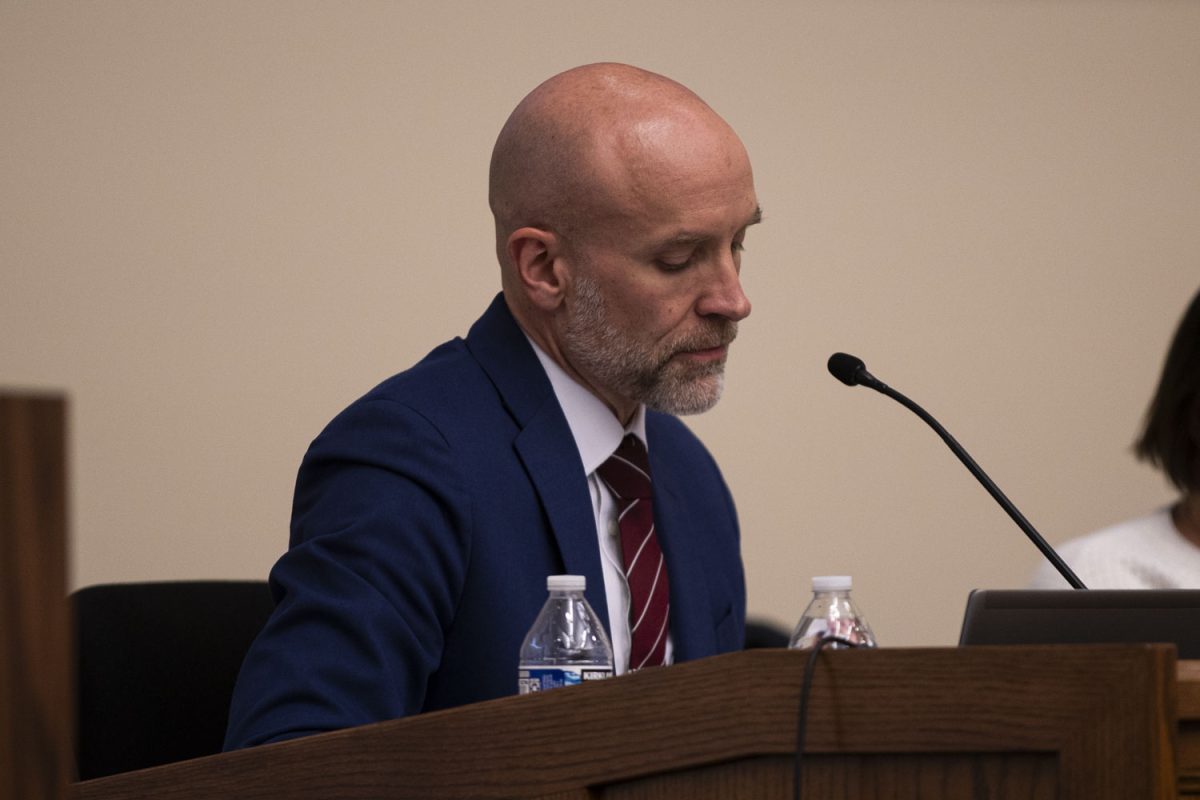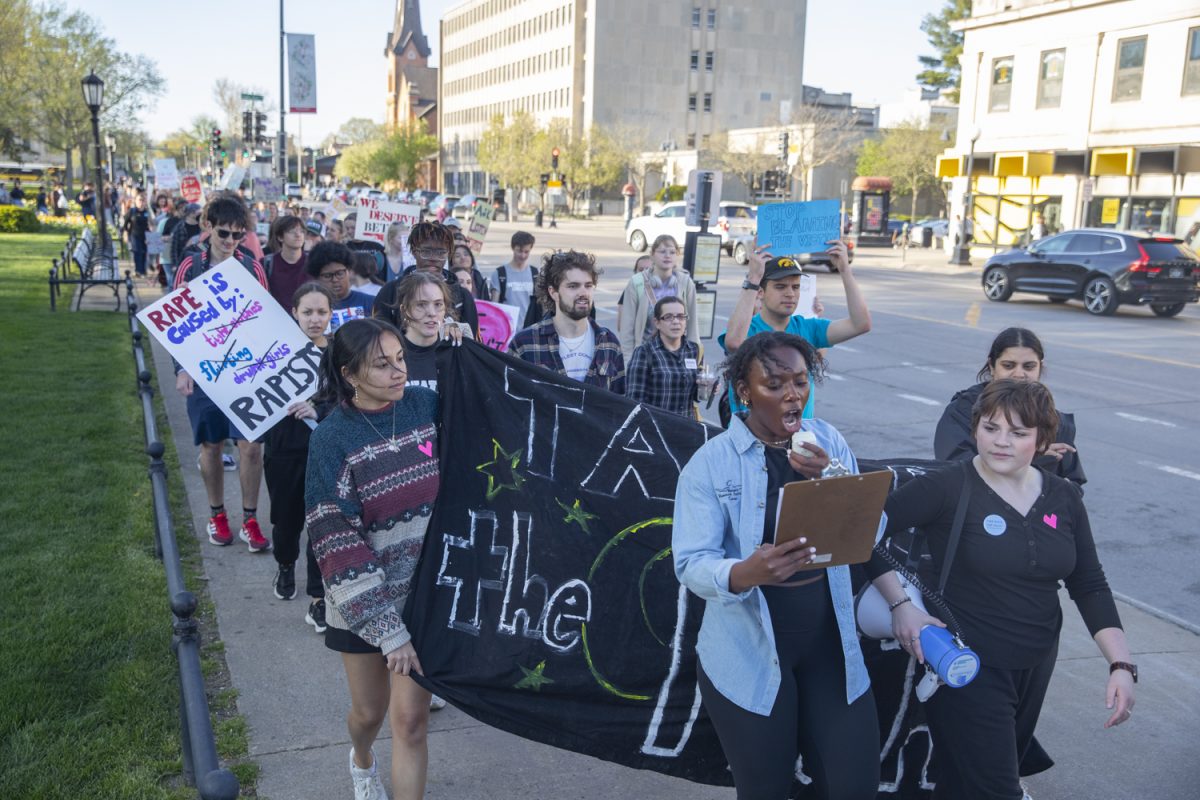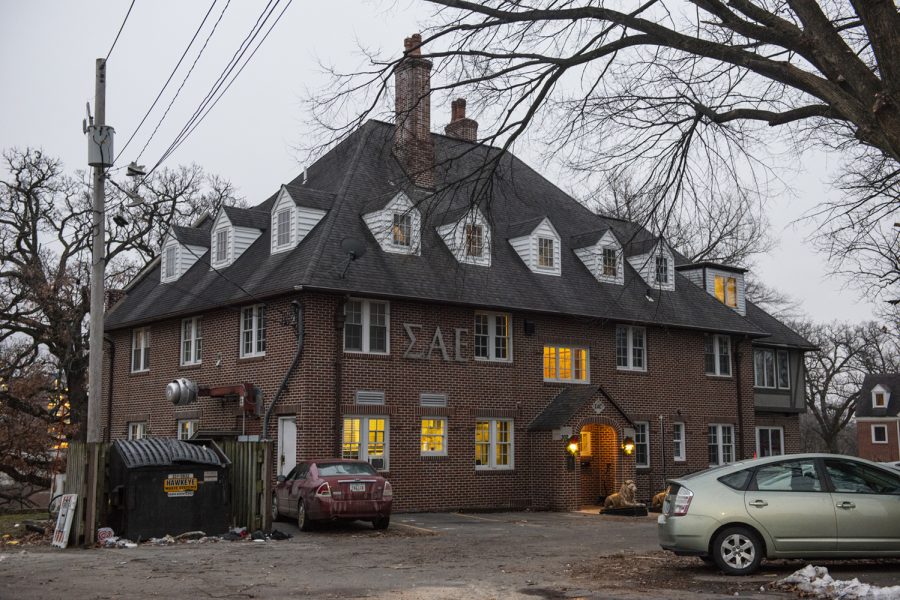Iowa City’s greenhouse-gas emission rate is similar to the nation’s average of 19.6 metric tons per capita. But that’s nearly 20 times more than the sustainable level.
The city’s average is based on preliminary data measuring the amount of fossil fuels burned in Iowa City. It was collected by Brenda Nations, the city’s greenhouse-gas emissions evaluator.
“We’re definitely one of the highest [countries] in the world,” she said, and the sustainable level for carbon emission is one metric ton per capita.
Nations collects data on everything in the city that uses fossil fuels — including buildings and vehicles — and then uses a program to translate the information into the carbon-dioxide equivalent.
Because the survey is not complete, she said, she couldn’t share exact statistics for Iowa City.
Several other cities in Iowa are completing the inventory as part of the organization ICLEI-Local Governments for Sustainability — including Dubuque, Des Moines, and North Liberty — but Nations said she hopes Iowa City will be the first to finish.
UI civil and environmental engineering Professor Jerald Schnoor said Iowa is well above the nation’s average — emitting about 40 metric tons per capita each year.
Schnoor is the chairman of the Iowa Climate Change Advisory Council, which, he said, has identified 54 options to reduce the state’s carbon footprint.
“Things as simple as enforcing building codes, driving more fuel-efficient cars, programmable thermostats in our houses, and weatherizing our homes — actions like that will not only save us money but also create jobs in Iowa,” he said.
Schnoor said money is available under President Obama’s stimulus package for sustainable projects.
“We’re not at that point, but we hope that will be useful in our mission,” she said.
Before city officials begin new projects to reduce carbon emission, Nations said the No. 1 priority is to finish the inventory.
“We’re going to have to look into what we want to do and what we can do,” she said. “As far as the city, we don’t know yet.”
Liz Christiansen, the director of the UI Office of Sustainability, said, according to Nations’ report, the greenhouse-gas emissions for the UI Power Plant have reduced over the past eight years.
“That’s as a result of our biomass project,” Christiansen said. “That shows you the potential for further use of biomass and that’s certainly the direction we’re moving.”
Schnoor said the UI will continue to decrease its carbon emission by burning more biomass — a more sustainable method of incinerating oat hulls — and he hopes the UI and Iowa City will be able to work together to lower greenhouse-gas emissions.
“We are becoming very aggressive on energy conservation which should help reduce our energy demands,” Christiansen said.






